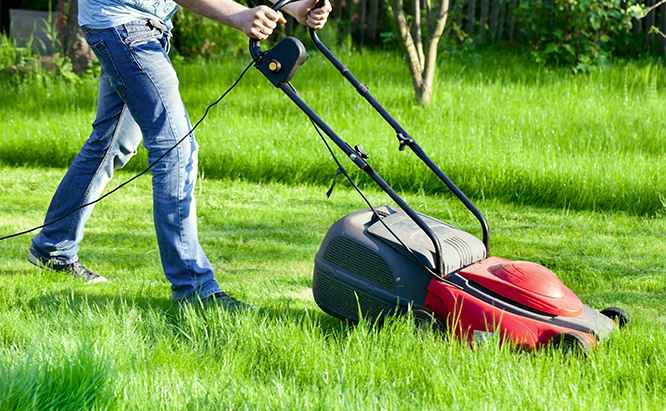Your lawn care in Cincinnati should be more than an afterthought. The grass, trees, and flower beds create the frame for your picture-perfect home. That’s why you need this lawn care and mowing guide for Cincinnati.
In this article we’ll look at:
The 4 Most Popular Grass Types in Cincinnati
How you care for your lawn depends on which grass type you have. Choosing the right grass type is the first step.
Kentucky Bluegrass
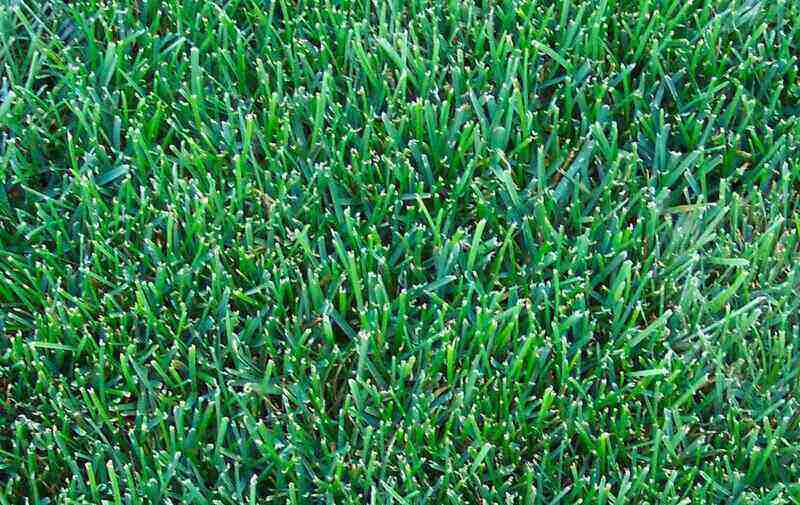
Given our proximity to the Bluegrass State, it should come as no surprise that Kentucky bluegrass is the most common turf used for Cincinnati lawns. Don’t let its name fool you. Bluegrass is actually an eye-catching shade of green, but in the spring, the bluish-purple buds tint the landscape blue.
As a cold-season grass, Kentucky bluegrass holds up well to winters here when we can see as much as 14 inches of snow. It’s also more resistant than other grasses to disease. If you’re planting a new lawn, keep in mind bluegrass takes one to three months to establish itself, so it’s best to plant it in the spring or fall. We recommend mowing this grass to a height of 2.5 to 3.5 inches.
Fine Fescues
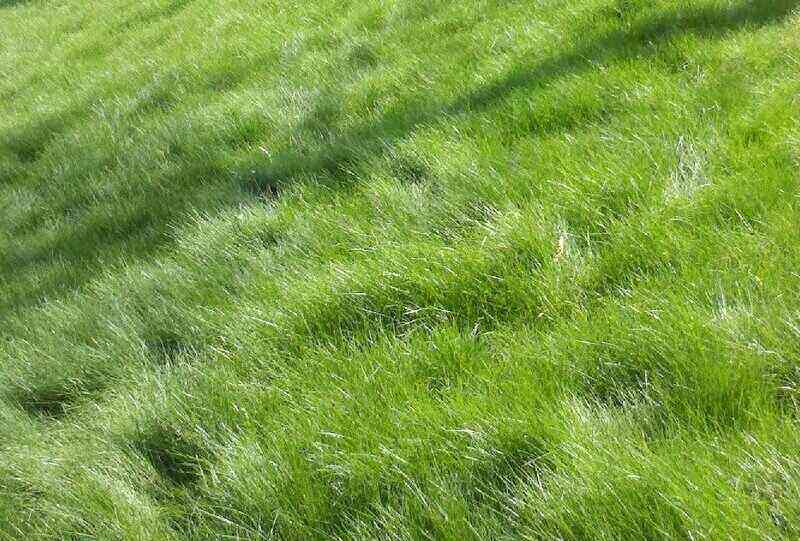
Another cold-season grass, fine fescue is a favorite for those of you who love walking barefoot on the lawn. This narrow-leaved turf works well by itself or when blended with other types such as Kentucky bluegrass. It does best when planted in shady areas where it will need little maintenance. It doesn’t grow very fast, so it only needs mowing every nine days at a height of about 3.5 inches.
Perennial Ryegrass
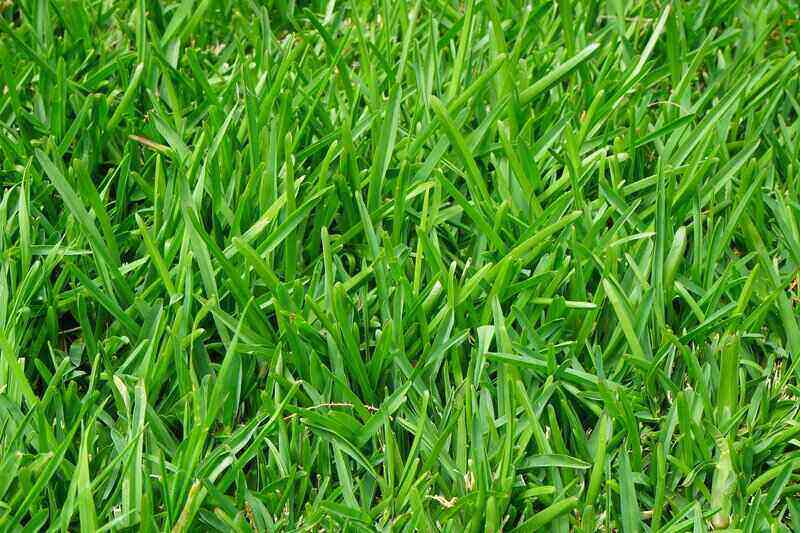
Got kids and pets? Perennial ryegrass makes lawn care in Cincinnati easy.. your yard. As one of the toughest sods, it can stand up to heavy foot traffic and hot and cold weather. Like Kentucky bluegrass and fescues, it continues to grow in poorly drained soil. It’s best to keep this grass shorter, 1.5 to 2.5 inches.
Bentgrass
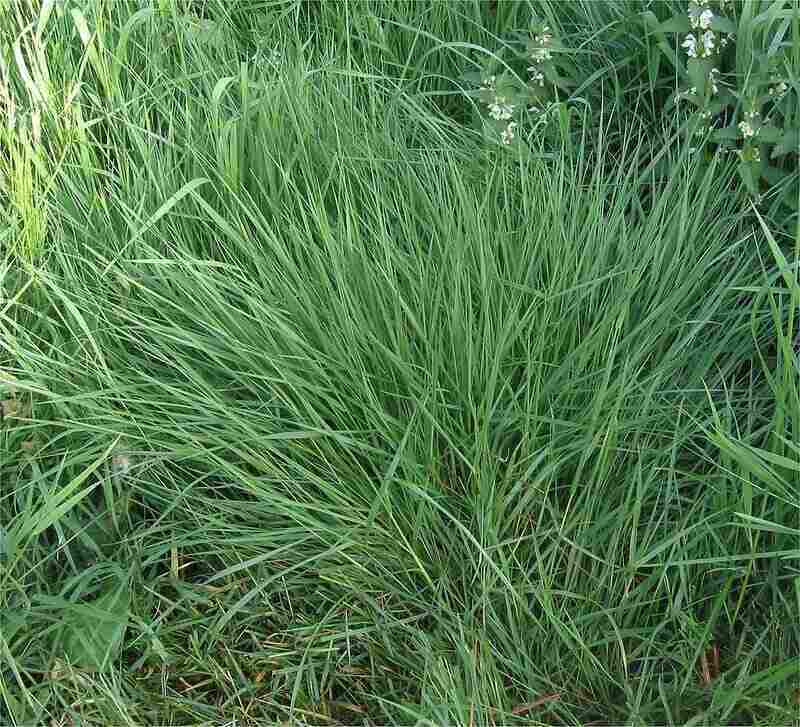
Bentgrass is the most high-quality and expensive grass type you can plant. It’s used in golf courses and bowling greens and stands up well to foot traffic. But it requires a lot of maintenance during the peak growing season. Bentgrass prefers sunny areas but tolerates cooler temperatures. This grass type should be mowed to about an inch and mowed a couple of times per week during peak growing season.
Lawn Mowing Tips
Mowing your lawn isn’t as simple as turning on the mower and pushing it over the grass. Mowing at the right time of day and the right amount are essential for a healthy lawn.
Don’t Over Cut
Cutting your grass too short leaves it vulnerable to pests and lawn diseases. Most turfs need a weekly mow until late fall, when the growth slows down or stops. Consider varying the pattern and direction each time you mow. Otherwise, your grass blades will lean in one direction, making your lawn look unbalanced. After mowing, leave the clippings behind. They will decompose and fertilize your lawn.
Keep Your Mower Blades Sharp
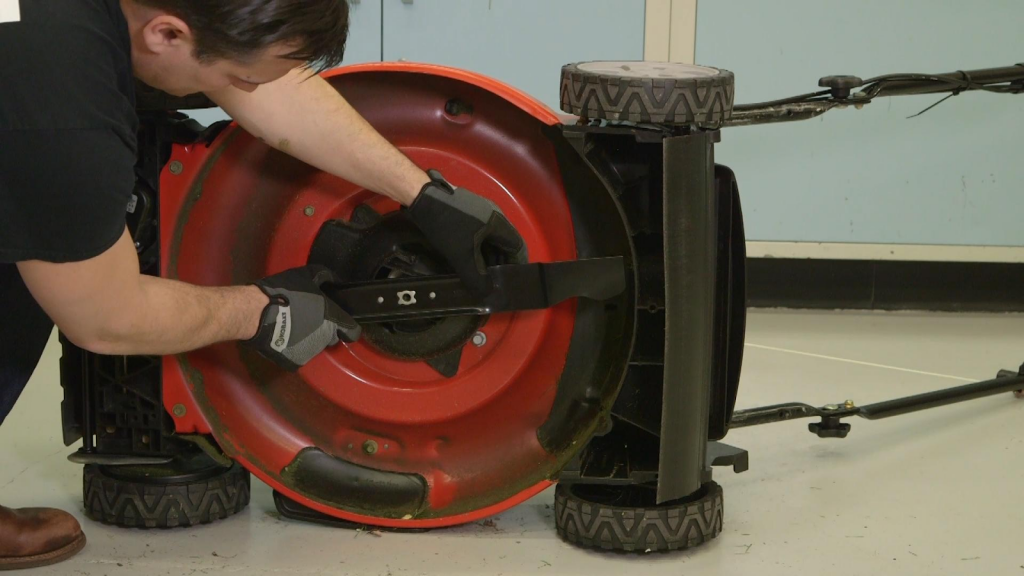
Dull mower blades will tear the grass instead of cutting it. As a result, your lawn will turn brown. With sharp mower blades, you only need to pass over your lawn once instead of several times to get the job done. Most hardware stores can sharpen them for you, or you can do it yourself in less than an hour. Just make sure you disconnect the spark plugs first.
Set the Right Blade Height
You can adjust the cutting height by raising or lowering the mower’s wheel. Look on the side of your lawnmower and find a knob or lever that adjusts the height for your grass type.
Lawn Maintenance Tips
Overseed
No matter how much time to dedicate to lawn care in Cincinnati, your yard will start to look tired and worn out after a summer of use. By raking up all debris and thatch and distributing seed, you can replenish some of those bare patches over the fall and winter. A thinning lawn is an invitation for weeds and pests. You can spread seed over the smaller areas by hand or rent a seed spreader for the entire lawn.
Aerate and Fertilize
The heavy foot traffic over the summer has likely compacted your soil. Poking tiny holes in the lawn, or aerating, gives the grass a chance to take in more moisture and nutrients. It also raises the lawn’s resistance to diseases and pests. Do this in the fall, just before you add fertilizer. Fertilizing the lawn at the end of September will help it make it through the cold winter. Before deciding which fertilizer to use, find out what your lawn needs. You can get a home soil test kit at your local home improvement store. If you prefer, you can ask the extension office at The Ohio State University, to recommend a lab to test it for you.
Water
In spite of all the rain that blesses Cincinnati, your lawn may need a little more moisture before it goes dormant over the winter. Keep your sprinkler ready until the first frost. A few good soakings will give the roots of the grass the strength it needs to make it through the winter. You also want to make sure the new seeds and fertilizer work their way into the soil. If you want to maximize your outdoor water usage and learn more about local watering restrictions, we recommend visiting the City of Cincinnati’s site.
FAQs About Lawn Care and Lawn Mowing
1. What happens if I cut my lawn too short?
Mowing a lawn too short or scalping it, will weaken your lawn. It robs the grass of nutrients and invites weeds to invade.
2. How often should I sharpen my lawn mower blades?
Twice per season or after 25 hours of use. You may need to sharpen them more often if you run over sticks and rocks since these obstacles dull the blades.
3. When should I plant new grass seed?
Early autumn is the best time to plant a new lawn or to overseed your existing lawn since temperatures have cooled down, and the new seed won’t have to compete with weeds. You want to give the new seeds plenty of time to germinate before the first frost.
Don’t have the time or energy for proper lawn care? We can help you find a lawn care professional to handle all your lawn and landscaping needs.

